Salty soil is a common issue in many gardens. While some plants are tolerant of salt, others are not. When choosing plants for your garden, it is important to consider the amount of salt in the soil. The best plants for salty soil can tolerate high salt levels without suffering from damage or death. Salty soil can be challenging, but it can become incredibly rewarding with the right knowledge and a few hardy plants that thrive in these conditions. Whether you’re looking to add color and vibrancy or want a low-maintenance solution, there’s sure to be an option for everyone.
Top 18 Best Plants That Tolerate Salty Soil
Winterberry Holly
Winterberry Holly is a deciduous shrub that grows in moist, boggy areas and can tolerate salty soil. Winterberry Holly has small, green leaves and produces clusters of small, red berries in the fall and winter. Winterberry Holly can grow to 6 feet. The flowers are small and white, and the berries are bright red. Winterberry Holly is salt tolerant, making it an ideal plant for coastal gardens. It can also handle extended periods of drought, so it is a good choice for areas that experience dry summers.
In case you missed it: How to Grow and Care for Heliotrope in Your Garden: A Beginner’s Guide

Pin Oaks
The Pin Oak is a tough tree that can tolerate salty soil better than most. This tree’s deep root system helps it withstand strong winds and heavy rains. The Pin Oak is also resistant to drought and salt spray, making it an ideal tree for coastal areas. Pin Oaks are one of the best trees for tolerating salty soil. Thrive in areas with high salt content in the soil. Pin Oaks are tolerant of both brackish water and salty soils. They can also handle long periods of drought and flooding. The roots of Pin Oaks help to stabilize the soil and prevent erosion.
Coleus
Coleus is a fast-growing, easy-to-care-for plant that tolerates salty soil. Coleus is available in different colors. It can plant in the spring or fall and thrive in full sun or partial shade. This hardy plant is perfect for growing in coastal areas or near roads where salt is often used to melt ice. Coleus can also handle occasional flooding, making it a great choice for gardeners in areas prone to heavy rains.
Bougainvillea Vines
Bougainvillea vines are the best plants that tolerate salty soil. They thrive in warm, humid climates. Bougainvillea vines can grow up to 20 feet long and have beautiful, brightly-colored flowers. These vines are perfect for adding color to any garden or landscape. Bougainvillea vines are beautiful, tough plants that can tolerate salty soil. They’re perfect for coastal gardens or any garden with a lot of sun and wind. Bougainvillea vines need little water and can even tolerate droughts. They’re also very heat-tolerant and salt-tolerant, perfect for hot, sunny climates.
Daylilies
Daylilies are the top plants that tolerate salty soil. The Daylily is a hardy plant that can withstand poor drainage and salty conditions. Many plants can tolerate salty soil, but Daylilies are some of the best. Daylilies are very tolerant of salt and can even thrive in saline soils. They are also resistant to drought and heat, making them a great choice for gardens in hot, dry climates. Daylilies are also relatively low-maintenance, making them a great choice for those who don’t want to spend much time caring for their plants.
In case you missed it: Top 12 Winter Care Tips for Houseplants: Every Gardner Must Know
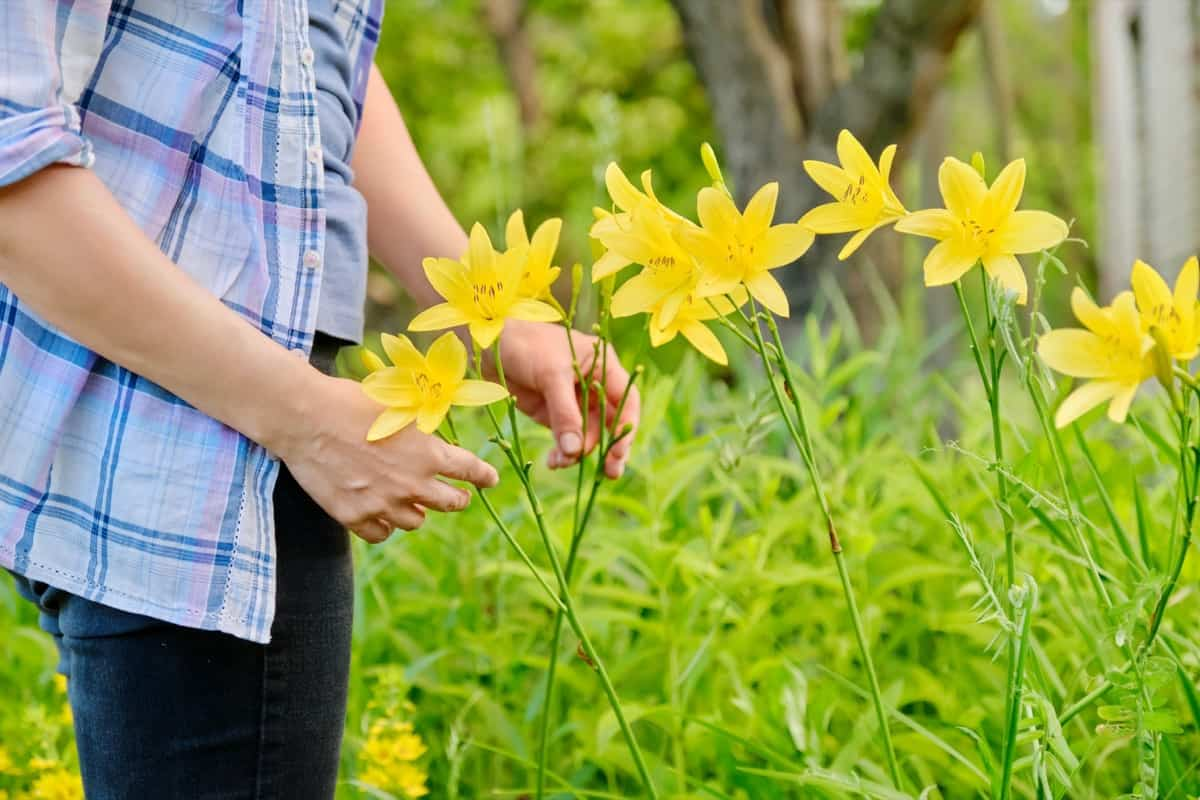
Moss Rose
Moss Rose is a succulent plant that can thrive in salty soils. This plant has fleshy leaves and stems, and it produces vibrant flowers in a variety of colors. Moss Rose is a low-maintenance plant that doesn’t require much water or care. This plant can tolerate salty soils because it can store water in its leaves and stems. Moss Rose is a colorful, drought-tolerant annual that thrives in hot, sunny locations.
Moss Roses are available in various colors, including pink, red, orange, yellow, and white. This plant grows best in well-drained soil with full sun exposure. Moss Roses tolerate salty soil conditions and can even be grown successfully near the ocean. These plants are relatively low maintenance and do not require much fertilizer or care. However, they may need to be deadheaded periodically to keep them from getting leggy.
Bee Balm
While many plants cannot tolerate the high levels of salt found in some soils, a few varieties can withstand harsh conditions. Bee Balm is one of these tough plants. This hardy plant is tolerant of salty soil and attracts bees and butterflies, making it a great addition to any garden. Bee Balm is a hardy perennial that can tolerate salty soil.
This fragrant herb blooms in summer with pink, purple, or white flowers. Bee Balm is a great choice for gardeners looking to add color and fragrance to their landscapes. Bee Balm grows in dry, sandy soils and tolerates salty soils better than most other plants.
Ivy Geraniums
Ivy Geraniums are one of the best plants that tolerate salty soil. They are perfect for growing in coastal areas or near roads where salt is used to melt snow. Ivy Geraniums are also tolerant of drought and heat. They are hardy and can withstand long periods of drought. The ivy geranium is a fast-growing, evergreen plant that produces beautiful white flowers.
In case you missed it: How to Grow Cardamom (Elaichi) from Seeds at Home: Soil, Germination, Planting, Pests, Diseases, and Care
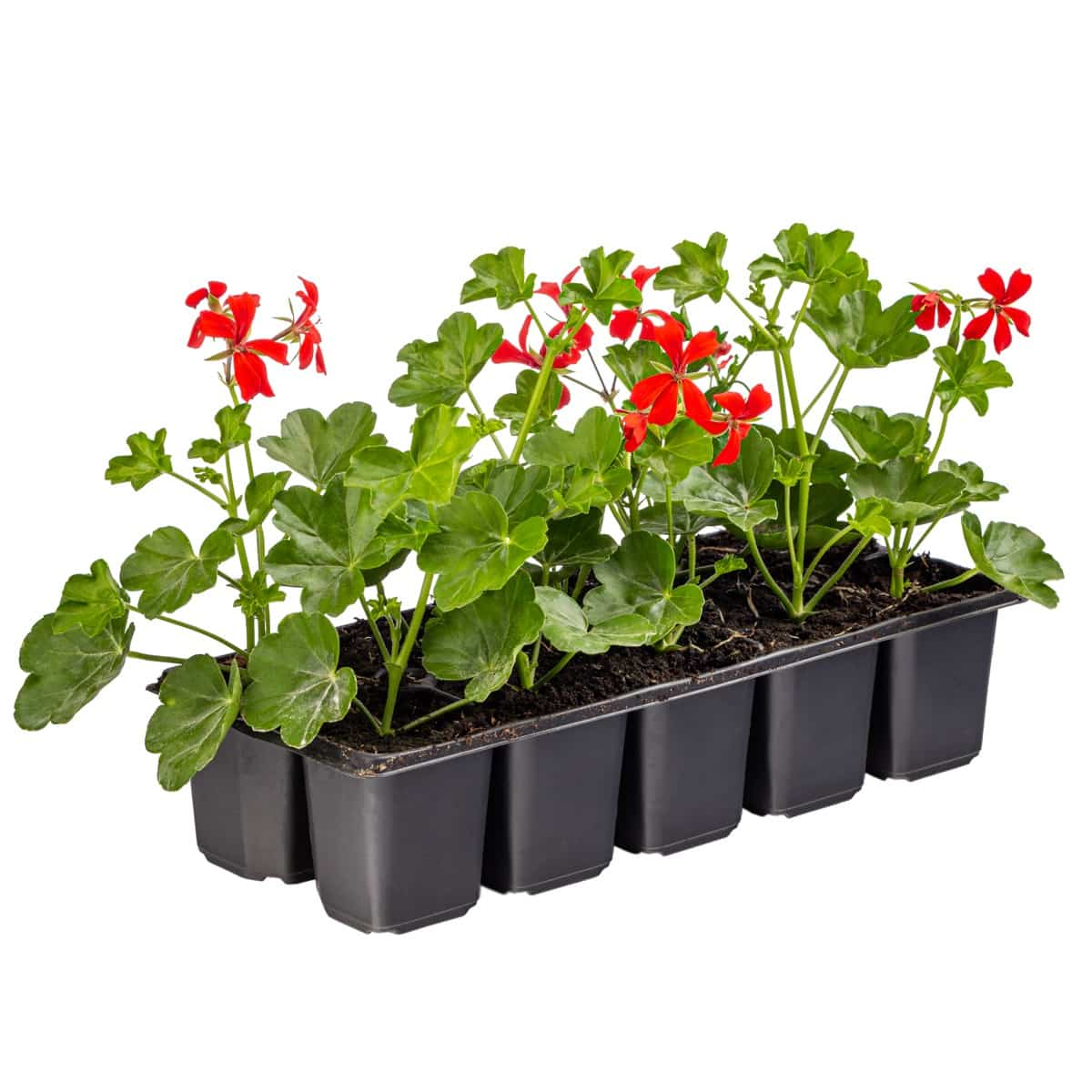
The leaves are dark green, and the flowers are white or pink. The plant does best in full sun but can tolerate partial shade. Ivy Geraniums are not picky about soil type and will do well in sandy and clay soils. They are also drought-tolerant and can survive in salt water.
Shrub Verbenas
Shrub Verbenas flowers are beautiful and come in various colors, including pink, purple, blue, and white. Verbenas are salt-tolerant plants that can grow in salty soil near the ocean. They are also drought-tolerant and can survive in dry conditions. They make great additions to any garden and are bee-friendly plants that attract pollinators.
Prickly Pear Cactus
The Prickly Pear Cactus is a sun-loving, heat-tolerant plant that can prosper in salty soil. It’s an easy plant to grow and relatively carefree, making it ideal for busy gardeners or those new to gardening. Prickly Pear Cactus is also drought-tolerant, making it a good choice for areas with little rainfall. The Prickly Pear Cactus is a succulent plant with fleshy leaves that store water. The cactus has many small, sharp spines on its body that help to protect it from predators.
In case you missed it: Growing Christmas Cactus Indoors – A Planting Guide
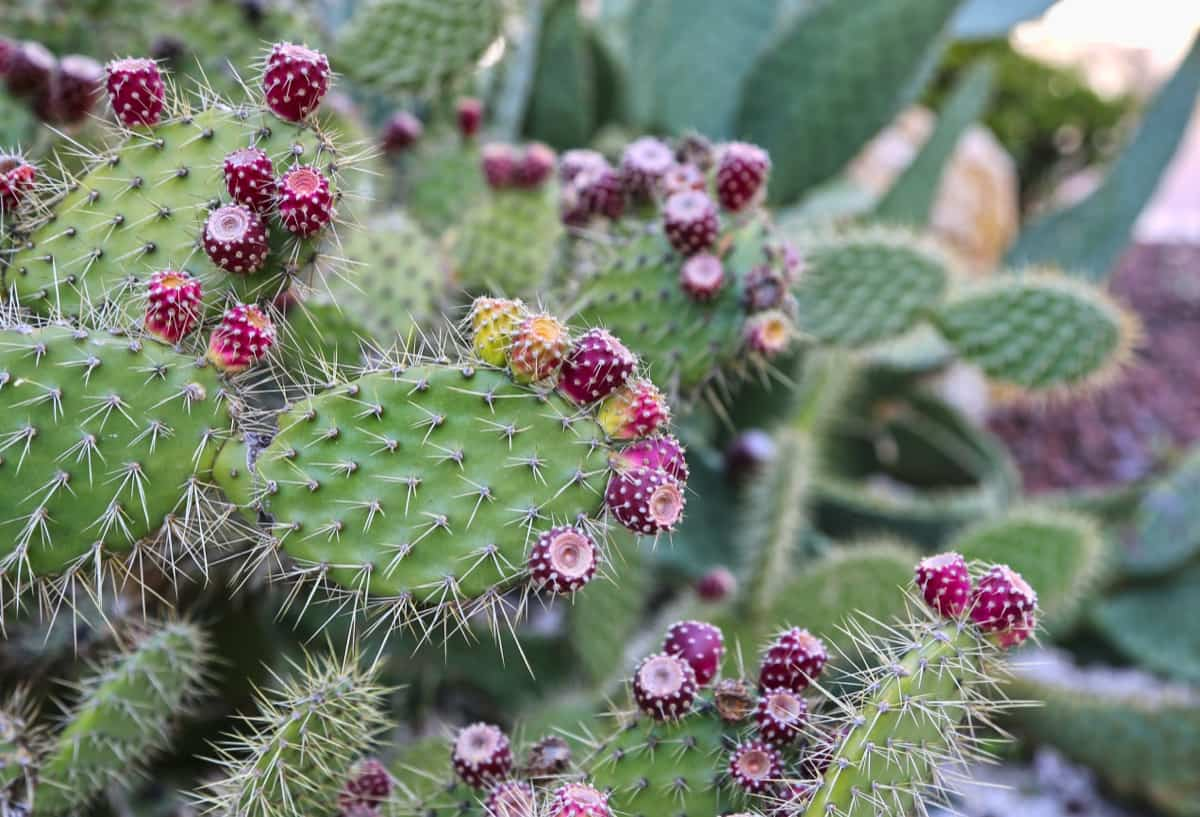
Bayberry
Bayberry is a shrub that can tolerate salty soil. The Bayberry leaves have a waxy coating that helps protect them from the salt in the air and water. This hardy plant can withstand high winds and salt spray, making it an ideal choice for landscaping in coastal areas. Bayberry is also tolerant of drought and poor soils, making it a versatile plant for various landscape conditions.
White Oak
White Oak is a great option for a salt-tolerant plant. The White Oak has dark green leaves that turn red and brown in the fall. This tree is also tolerant of drought and prefers the full sun. White Oak is one of the best trees for tolerating salty soil. It grows well in areas subject to saltwater flooding or with salty soils. The white Oak can also tolerate prolonged drought conditions and is a good choice for drought-prone areas.
Lilyturf
Lilyturf is a versatile ground cover that is tolerant of salty soil. This perennial has long, strap-like leaves and produces clusters of blue or white flowers in the summer. Lilyturf is low-maintenance and can fill gaps in landscaping or create a border. Lilyturf is a grass-like, clump-forming perennial that tolerates salty soil better than most plants. It grows 6-12 inches tall and produces lavender flowers in summer. Lilyturf is an excellent ground cover for sunny or shady areas.
Wall Germander
Salty soil can challenge gardeners, but some plants tolerate and thrive in salt. It has small, dark green leaves and lavender-colored flowers that bloom in summer. Wall Germander is salt tolerant and does well in full sun or partial shade. It is also drought tolerant once established.
Creeping Juniper
Creeping Juniper is an excellent ground cover for sunny, dry areas. The small, blue-green leaves are arranged in opposite pairs along the stems. The blueberries are produced in late summer and persist into winter. Creeping Juniper tolerates a wide range of soils, including salty ones. It is also tolerant of drought, wind, and heat.
In case you missed it: Gardening Tips for June, Ideas, and Techniques
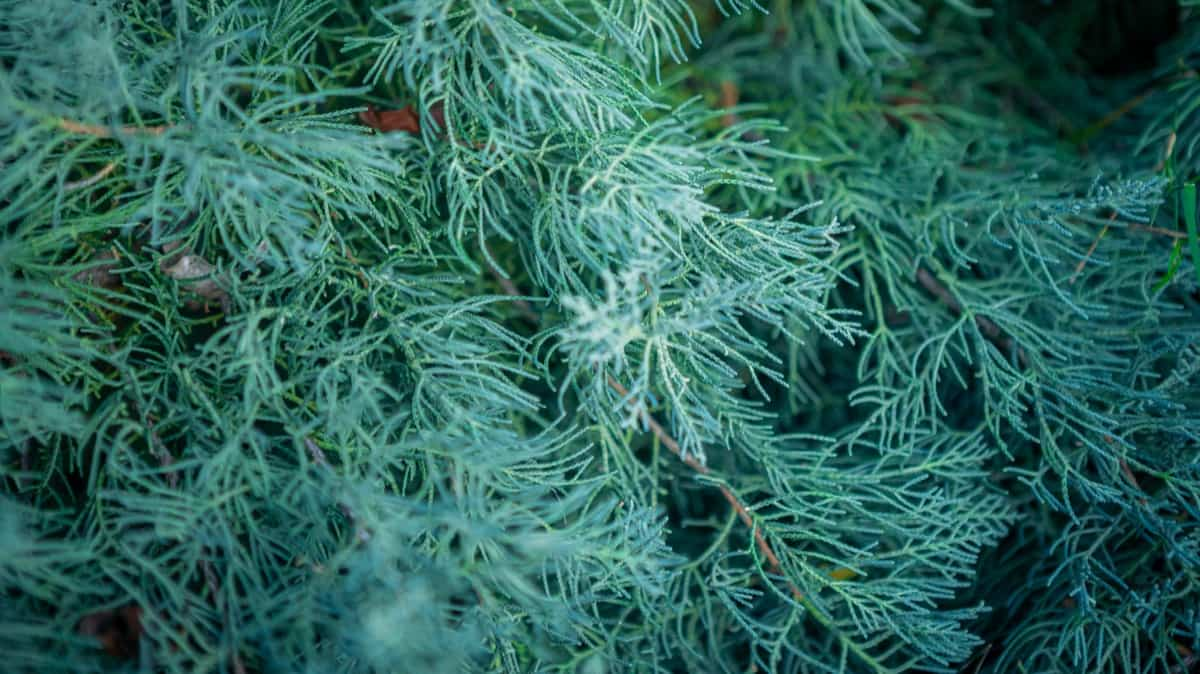
This plant can spread aggressively, so it is best suited to large areas where it can be controlled. Creeping Juniper is a low-growing, evergreen shrub tolerant of salty soils. This plant’s needle-like leaves are blue-green and turn purple or red in the fall. The tiny flowers of the Creeping Juniper are yellow or white and appear in the spring. This salt-tolerant plant can be used as a ground cover in coastal gardens.
Staghorn Sumac
Staghorn Sumac grows in full sun to partial shade and prefers moist, well-drained soils. This deciduous shrub can grow up to 20 feet tall and has large, coarsely-toothed leaves that turn red in the fall. The flowers are small, greenish-yellow clusters that bloom in late spring. The fruit is a hairy, red cone that ripens in late summer and is attractive to birds. The plant needs full sun to partial shade and well-drained soil, but it can tolerate salty soil. The leaves are alternate, oblong, and have serrated edges. The flowers are small, yellowish-green, and borne in clusters.
Rosa Rugosa
Rosa Rugosa is a deciduous shrub typically growing 3-6 feet tall and wide. Rosa Rugosa has Fragrant, single white flowers that Bloom in early summer. Foliage is dark green and ovate with serrated margins. This species is tolerant of salty soil and can grow near the ocean. Rosa Rugosa is tolerant of salt spray and wind, making it an ideal plant for coastal gardens. It can also be used as a hedge or foundation plant.
English Ivy
English Ivy plants can tolerate salty soil. English Ivy is also salt tolerant, making it a good choice for coastal gardens. English Ivy can be used as a groundcover, climbing vine, or trailing plant. It is also tolerant of a wide range of conditions, including salty soil. English Ivy can quickly cover up bare patches in your garden.
In case you missed it: Growing English ivy Plant (Hedera helix) – A Full Guide
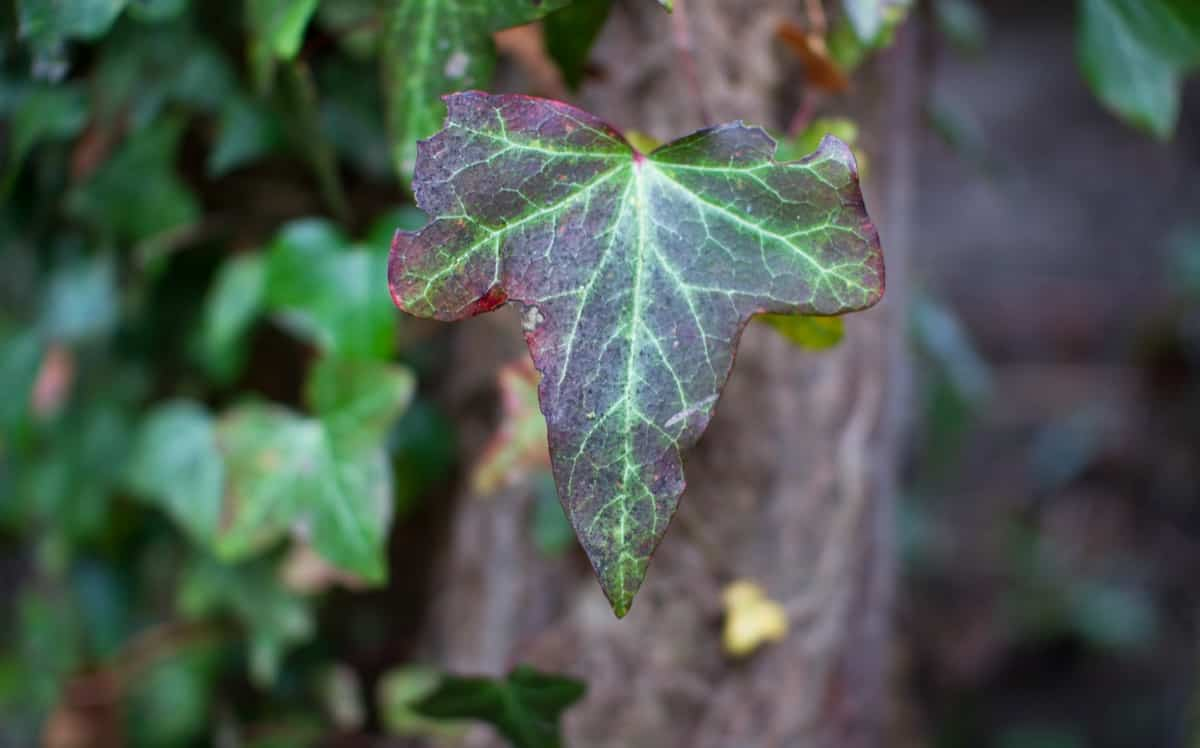
Tips for Gardening in Salty Soil
Avoid using salt near plants that are sensitive to it. If you must use salt, do so sparingly and only around the base of the plant. Use a soil test kit to check the salt level in your soil before planting. Choose plants that are known to be tolerant of salty conditions. Water regularly and deeply to leach salt from the root zone. Add organic matter to help improve drainage and reduce the effects of salt on plants.
Conclusion
When choosing plants that can tolerate salty soil, consider the type of plant you want to grow. Some plants, like succulents, are more tolerant of salt than others. Think about the amount of salt in the soil. If the soil is only slightly salty, you may be able to grow a wider variety of plants.
However, if the soil is very salty, you must choose plants specifically tolerant of high salt levels. Pay attention to your watering habits. Whether gardening on sandy beaches, near coastal homes, or simply wanting to add unique greenery to your space, these resilient plants can give you a beautiful garden without fear of damage from saltwater intrusion.
- How to Grow Hibiscus from Flower
- Plantation Ideas for Home Decoration: A Beginners Guide
- Flower Garden Designs and Layouts for Beginners
- Planting and Spacing Techniques in Papaya: A Beginner’s Guide
- Growing Gold: Essential Techniques for Planting Pineapples
- How to Make Kalanchoe Plant Bushy: Home Remedies and Solutions
- 11 Reasons Why Your Gardenia is Not Blooming: Home Remedies and Solutions
- Eco Elegance: The Guide to Designing a Drought-Tolerant Landscape
- Gardening on a Slope: Strategies for Hillside Landscaping
- Nourish and Flourish: Top Organic Mulches for Thriving House Plants
- Everything You Want to Know about Indian Mogra Flower: Discover Uses and Growing
- Green Thumb Success: Expert Tips for Cultivating Greenhouse Pumpkins All Year Round
- Maximize Growth & Flavor: The Ultimate Guide to Companion Planting in Herb Gardens
- How to Control Rhododendron Problems Naturally: Home Remedies and Organic Ways to Fix Them
- Natural Magic: The Remarkable Benefits of Cinnamon for Plants
- Best Steps to Revive Dying Tulip with Natural and Organic Treatment
- 10 Reasons Why Your Angel Trumpet is Not Blooming: Remedies and Treatment
- How to Fix Periwinkle Leaf and Flower-Related Problems: Natural Remedies and Solutions
- How to Fix Zinnias Leaf and Flower Problems: Discover Natural and Home Remedies
- Organic Steps to Induce Lemon Tree Flowers: A Comprehensive Guide
- Bloom Booster: Crafting the Perfect Homemade Bougainvillea Fertilizer
- Optimizing Growth: A Guide to Applying NPK Fertilizer for Potted Plants
- 10 Best Homemade Fertilizers for Rubber Plant: DIY Recipes and Application Method
- How to Boost Female Pumpkin Flowers: Effective Steps for More Flowers and High Yields
- Transform Your Indoor Garden: Top Benefits of Pink Salt for Houseplants
- 10 Best Homemade Fertilizers for Peacock Plants (Calathea): Easy DIY Guide
- Unlock Blooms: 9 Reasons Why Your Potted Chrysanthemum is Not Blooming
- 8 Reasons Why Your Potted Hibiscus is Not Blooming: Fix it with Simple Solutions
- Unlock Blooms: 9 Key Reasons Your Potted Frangipani Won’t Flower
- 10 Reasons Why Is My Ice Plant Not Blooming: Remedies and Treatment
- 10 Reasons Why My Potted Hydrangea Not Blooming: Treatment and Remedies
- 10 Reasons Why is My Wisteria Not Blooming: Remedies and Treatment
- 10 Reasons Why is My Goldfish Plant Not Blooming: Remedies and Treatment
- Maximize Your Space: Ultimate Guide to Balcony Gardening with Grow Bags
- 10 Reasons Why Your Iris is Not Blooming: Remedies and Treatment
- 10 Reasons Why Your Anthurium Plant is Not Blooming: Treatment and Remedies